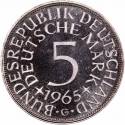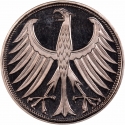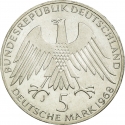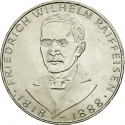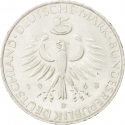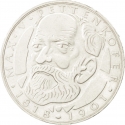You are about to finish your registration. Please check your mailbox (including spam folder). There should be a letter with a confirmation link. Check setting to make sure that your e-mail address is correct.
Send letter againDescription
The German Empire (German: Deutsches Kaiserreich, officially Deutsches Reich), also known as Imperial Germany, was the German nation state[10] that existed from the Unification of Germany in 1871 until the abdication of Kaiser Wilhelm II in 1918.
It was founded in 1871 when Wilhelm I, King of Prussia from the Hohenzollern dynasty was proclaimed the German Emperor in the Hall of Mirrors at the Palace of Versailles. Berlin became its capital with the Berlin Palace as the Emperor's official residence. Its constitution then entered into force, and Otto von Bismarck became the first Chancellor. As these events occurred, the Prussian-led North German Confederation and its southern German allies were still engaged in the Franco-Prussian War. The state was founded with the notable exclusion of Austria, and as such, represented the so-called Lesser German solution (Kleindeutsche Lösung).
The German Empire consisted of 26 constituent territories, most of them ruled by royal families. They included four kingdoms, six grand duchies, five duchies (six before 1876), seven principalities, three free Hanseatic cities, and one imperial territory. Although Prussia became one of several kingdoms in the new realm, it contained most of Germany's population and territory, thus remaining a powerhouse with the major say in imperial affairs. Its influence also helped define modern German culture.
Engraver: Robert Lippl
Obverse

|
Country name, Federal Eagle divides date above, value and Karlsruhe State Mint mark (G) below. 19 71 |
|---|---|
Reverse

|
Depicts the Reichstag with an inscription "The German People" and dates below. Engraver's initial (L) on the right. 6-pointed star below date. L |
| Edge |
The "Deutschlandlied" (English: "Song of Germany") has been the national anthem of Germany since 1922. Since World War II and the fall of Nazi Germany, only the third stanza has been used as the national anthem. The stanza's beginning, "Einigkeit und Recht und Freiheit" ("Unity and Justice and Freedom") is considered the unofficial national motto of Germany, and is inscribed on modern German Army belt buckles and the rims of some German coins. EINIGKEIT UND RECHT UND FREIHEIT |
5 Deutsche Mark
100th Anniversary of the Foundation of Germany
KM# 128.1 Jaeger# 409 Schön# 127
100th Anniversary of the Foundation of Germany


